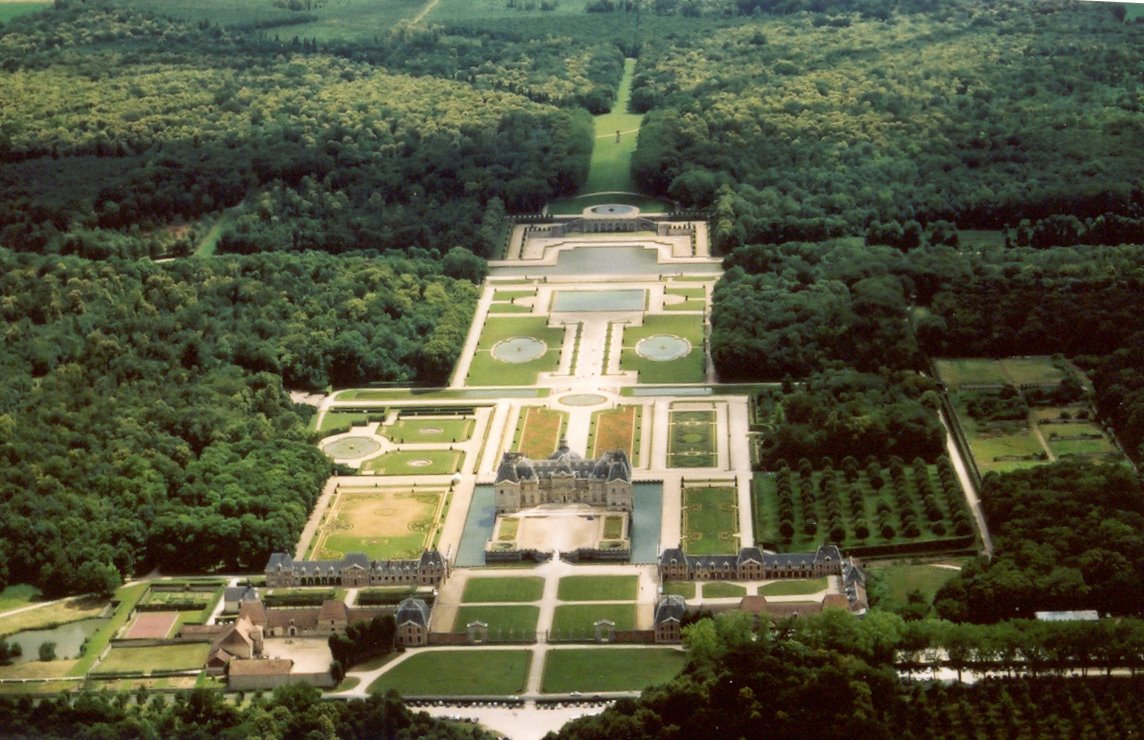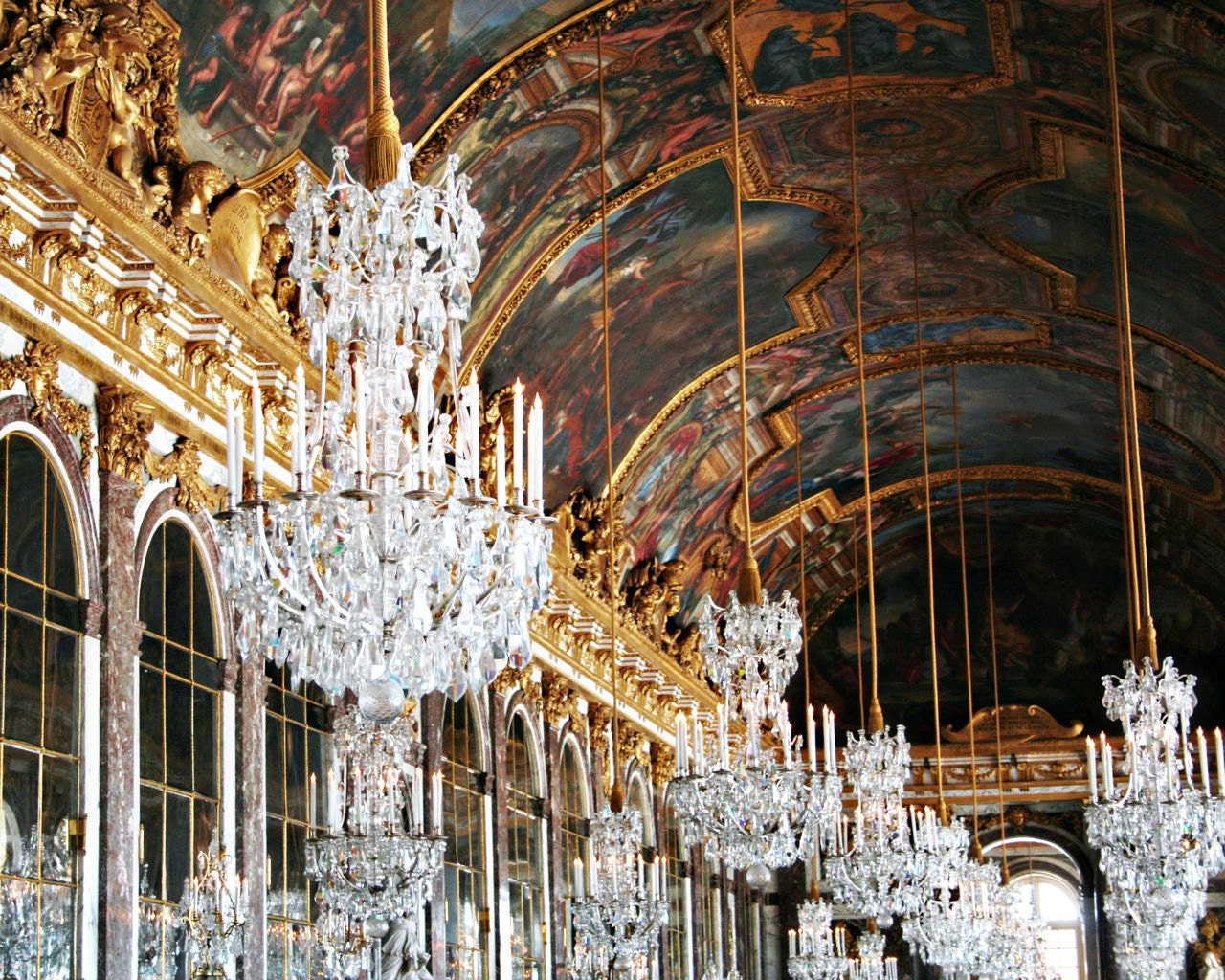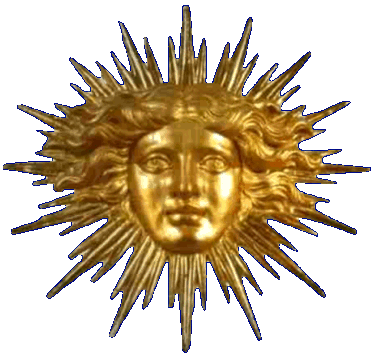Saturday, October 19, 2013
Thursday, October 17, 2013
Chateau de Vaux-le-Vicomte
To understand the Chateau de Vaux-le-Vicomte, one must first be acquainted with what a typical French chateau entails. The French chateau is the equivalent to the Italian villa, a country house that offered a respite from the stressful city life. Ownership of such an estate would indicate an obscene amount of wealth at the time. Inspired by the medieval castle, the typical chateau would contain towers and moats, but would later be discarded to address the classical principals. Symmetry and correct use of orders were of great importance; despite being noticeably different from the Italian models, they still applied an excess of surface decoration.
Chateau de Vaux-le-Vicomte
Maincy, France
1656-61
Architect: Louis Le Vau
Interior designer: Charles Le Brun
Landscape architect: Andre Le Notre
Patron: Nicolas Fouquet
The Chateau de Vaux-le-Vicomte is considered the most complete ensemble of architecture, painting, sculpture, and landscape design from the French Baroque and was the precursor for the building of Versailles. Located in Maincy, France, it is just southeast of Paris and close to the royal domain of Fontainebleau in the hopes of drawing the king's company. The wet moat surrounding the structure highlights the bright limestone and makes it appear as if it is floating.
The collaboration between the architect, interior designer, and landscape architect marked the beginning of the "Louis XIV style". In order to span 500 hectares, Nicolas Fouquet had to purchase and demolish three villages (if buying a massive chateau wasn't enough already). He was nice enough to allow the displaced villagers to work in his new estate as maintenance. While Fouquet's intentions to draw the king to his home were noble, the lavishness of the place enabled his enemies to lead the king to believe that the money acquired to purchase the land and structures were appropriated through public funds. He was arrested shortly after.
In elevation, the chateau is perfectly symmetrical with its main entrance facing north. Also, the interior plan is also nearly symmetrical. The chateau was originally planned to be constructed from brick and stone, but since the middle class started catching onto the trend, the wealthy started using just stone.
Sources:
Baroque and Rococo Art and Architecture by Robert Neuman
http://en.wikipedia.org/wiki/Vaux-le-Vicomte
http://www.vaux-le-vicomte.com/en/discover-the-domain
Versailles: The Hall of Mirrors
The Hall of Mirrors located in the Palace of Versailles in Versailles, France held the court ceremonies. Its significance came from the mirrors which were very costly at the time which function to show France's wealth and technical prowess but also help to further illuminate the space. There are 17 large chandeliers and 26 smaller ones made from solid silver; together they hold 1,000 candles. There are 17 mirror clad arches aligned opposite to the arched windows facing the courtyard; in total, the hall contains 357 mirrors with each mirrored arch containing 21.
The ceiling's paintings depict the political policies and military victories of Louis XIV. Originally, it was planned to have depictions of the sun king, Apollo, who Louis XIV was associated with. Although the painting was changed, the king did not discard this reference completely: he would use the sun king as his own personal emblem. Combined with his self-appointed status as god of music who oversees harmony in the universe, the sun king is known for bringing peace to France and harmony to the western nations.
The hall was used daily by the king himself when walking from his apartment to the chapel. People would line the hall to watch him as he passed with the royal family in hopes to attaining an invitation to the famous Marly-le-Roi, where the king held his house parties. These parties were so grand, they inspired the masses for generations and are now known as college house parties, weekly festivals of drunken debaucheries. Okay, maybe not true, but Louis XIV would never deny the implication. After Louis XIV, the happenings in the Hall of Mirrors became more family oriented with marriages and births.
AND THE BAL DES IFS (Ball of the Yew Trees). Seriously, the royals knew how to throw a rager. Apparently, Louis XV, while dressed as a yew tree, went mistress hunting and found interest in Jeanne-Antoinette Poisson d'Etoilles who was appropriately dressed as Diana, goddess of the hunt. Not only did she become his main mistress, but she acquired the title of Madame de Pompador and was known to her friends a "Reinette" or little queen. Scandalous!
Fun facts:
- Treaty of Versailles, ending WWI, was signed in the Hall of Mirrors and five decades earlier, Germany had declared itself an empire in the same room.
- Even though those chandeliers were made to hold 1,000 candles, people were worried that the smoke would damage the ceiling paintings and so mirrors helped to illuminate the space
- BUT if the occasion was important enough, they would somehow manage to fit in 20,000 candles to transform the hall into a "corridor of light"
- Originally known as the Great Hall and was used as an outdoor terrace
- Renovations converted it into an indoor space to show off Louis XIV's most prized collection: his sculptures of Antiquity.
Sources:
Baroque and Rococo Art and Architecture by Robert Neuman
http://www.funtrivia.com/en/subtopics/The-Palace-of-Versailles-2809.html
http://en.wikipedia.org/wiki/Hall_of_Mirrors
http://en.chateauversailles.fr/discover-estate/the-palace/the-palace/the-hall-of-mirrors
http://channel.nationalgeographic.com/articles/palace-of-versailles-facts/
Subscribe to:
Comments (Atom)








